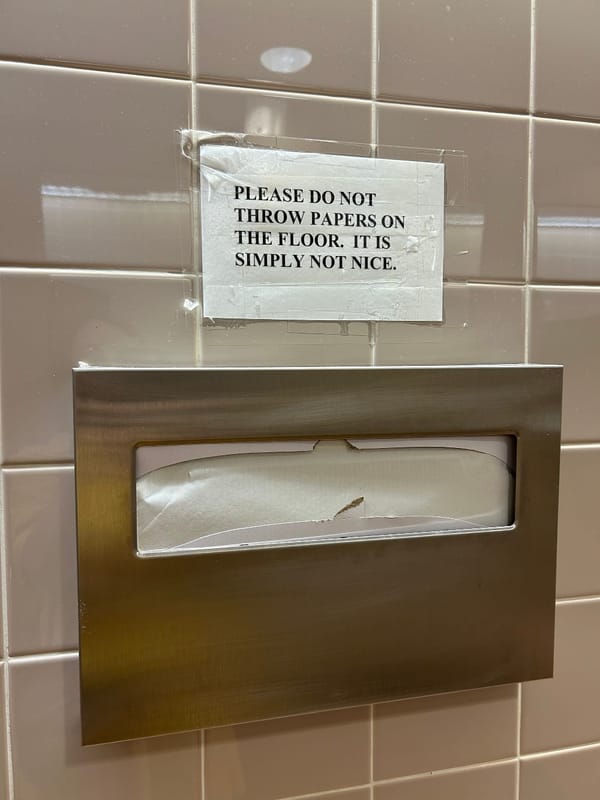a few farewells
So many passings in recent weeks. In addition to the three artists below, there's been Jimmy Carter, David Lynch, and my own sweet grandmother, who died at 98. I feel like holding onto their transitions in the maelstrom of whatever is coming next; may we use their spirits for fuel and endurance.
Carolyn Brown (1927 - 2025)
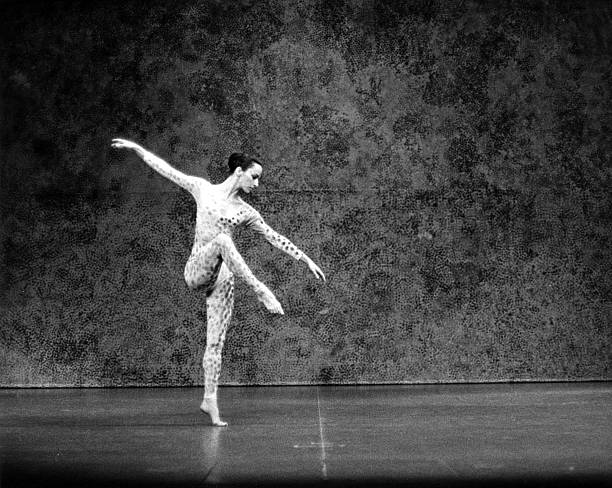
Carolyn Brown was just a goddess of a dancer and writer. Her book Chance and Circumstance is a perfect introduction to the work of John Cage or Merce Cunningham, if you need one, and if you don't, the book is still endlessly fascinating and entertaining. I love it for being a memoir written by a woman that is almost exclusively focused on her professional and artistic life, rather than her personal life, even though she was married to another well-known artist (the composer Earle Brown). The book is so revealing while simultaneously keeping so much private, and is as close as most of us will get to touring in a rickety bus with Cage and Cunningham, with occasional stops for Cage to go mushroom-foraging.
Here's an official obituary from Dance Magazine.
Dada Masilo (1985 - 2024)
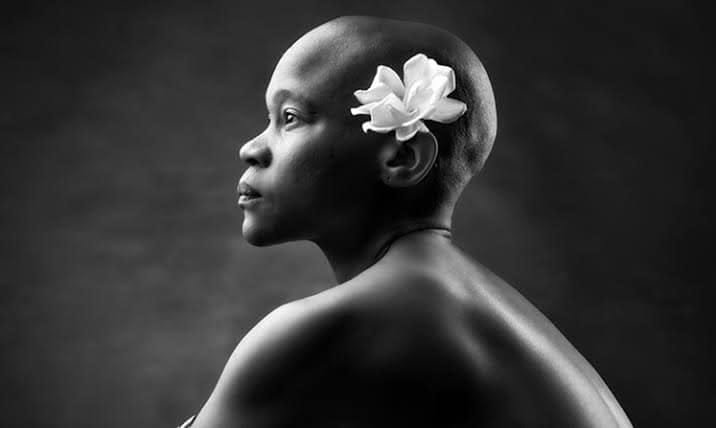
The premature passing of this South African choreographer is especially sad as she had not yet turned 40. The press says that she passed away after a brief illness and fall engagements were cancelled, including one in Pittsburgh, but no other details are available. I was able to see her work The Sacrifice at The Joyce, and mourn for all that we won't see. I found this testimonial from fellow South African choreographer Gregory Maqoma to be the best as describing her impact (edited for length):
"The passing of Dada Masilo marks the loss of an extraordinary artist who revolutionized the world of dance. With her fearless creativity, she redefined classical forms, merging them with African traditions to create profoundly moving works that challenged conventions and celebrated humanity. From her early brilliance as a prodigy to her status as a global trailblazer, Dada’s legacy is one of bold storytelling, transformative artistry, and unwavering advocacy for social justice. Though she has left the stage, her spirit lives on in the countless lives she touched and the indelible mark she left on the arts.
I first met her as young 13year old taking classes at The Dance Factory under the auspices of Suzette Le Sueur who continued to mentor Dada till her last breath.
Her rise was not slow, but meteoric. At just 16, she astonished the world with a solo I choreographed on her based on poem she wrote ‘Invoking the First’ in Diane von Furstenberg’s New York studio. In that small yet luminous space, she unveiled a ferocity and grace that defied her years—a performer as fearless as she was poetic. This moment marked the birth of a star who would soon become a constellation.
Our collaboration continued for years to come, making and dancing together. Dada’s work transcended the stage; it was a call to action, a mirror held up to society. She tackled issues of gender, race, and identity with unflinching courage, using her art to awaken, to provoke, and to heal.
As we grieve her passing, we celebrate the legacy she leaves behind—a body of work that pulses with life, that challenges us to see the world anew, that invites us to dance, to dream, to dare."
Richard Foreman (1937 - 2025)
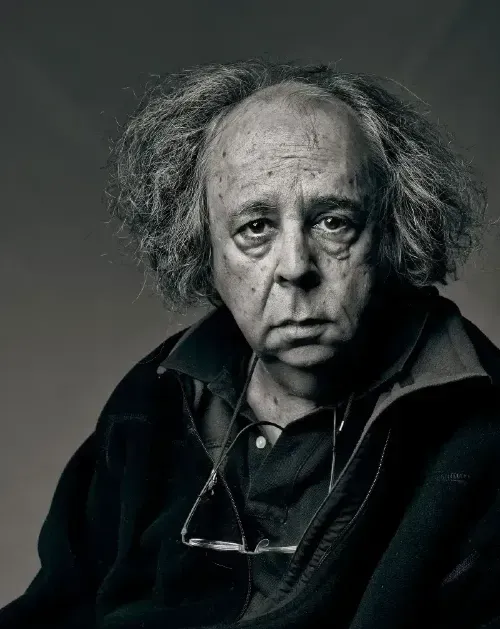
This giant of the avant-garde was a director and playwright who influenced legions of artists in his wake. I saw a revival of his play Symphony of Rats done by The Wooster Group back in the fall, but most of my Foreman knowledge is second-hand, so we turn here to the great Helen Shaw...
"With the death of the director Richard Foreman, at eighty-seven, on January 4th, an era came to an end. You might define that era as a time of American aesthetic swagger, when artists such as Foreman, Mabou Mines, Meredith Monk, and Robert Wilson enjoyed international attention, helping make late-twentieth-century New York a performance mecca. Or you might think of it as the era of cheap Manhattan housing, gone now, when artists could afford to pour their often unpaid labor into hugely effortful collaborative projects. Maybe you’d call it the era of downtown. But to me, and to many others, a whole half century was just . . . the era of Richard Foreman.
Foreman was one of the last living crossover theatrical eccentrics, an outsider artist whose philosophically rigorous work for downtown micro-audiences alternated with engagements at Lincoln Center and the Festival d’Automne, in Paris. He grew up in Scarsdale—he is surely Scarsdale’s most avant-garde son—and studied English at Brown and playwriting at Yale, but he found his kindred spirits among a group of outré experimental filmmakers in New York. His career began in 1968, with “Angelface,” a play he staged in Jonas Mekas’s Film-Makers’ Cinematheque, which had been closed to film projection by an unsympathetic fire department. With “Angelface,” Foreman founded the Ontological-Hysteric Theatre, a roving, lifelong project, which for some time was stationed in a long, narrow space at 491 Broadway, where he wrote, directed, designed, and often ran the sound for his time-warping Gesamtkunstwerk.
Beginning in 1992, the Ontological-Hysteric occupied an upper chamber of the beautiful St. Mark’s Church in-the-Bowery, and Foreman advertised his yearly shows there with blizzards of black-and-white posters, which were wheat-pasted all over the Village every winter. These were the size of carnival one-sheets, and full of startling clip-art imagery (a screaming head, a creepy baby in a mobcap) and aggressive block capitals, announcing the circus was back in town. Seeing a title like “WAKE UP MR. SLEEPY! YOUR UNCONSCIOUS MIND IS DEAD!”—repeated on fifteen copies of the poster on some construction siding on Bleecker Street—could certainly shock a person out of her torpor."
You can read the rest, clearly marked by Shaw's love for her subject, over at The New Yorker. (And if you have a recommendation for what should be in a Foreman starter pack in 2025, let me know.)
Sisterly Affection (a bit of Philadelphia appreciation)
It turns out we will not be getting a sports arena in the heart of Philadelphia's Chinatown, not because of community opposition but because of the whims of billionaires. We're still going to take it as a win!
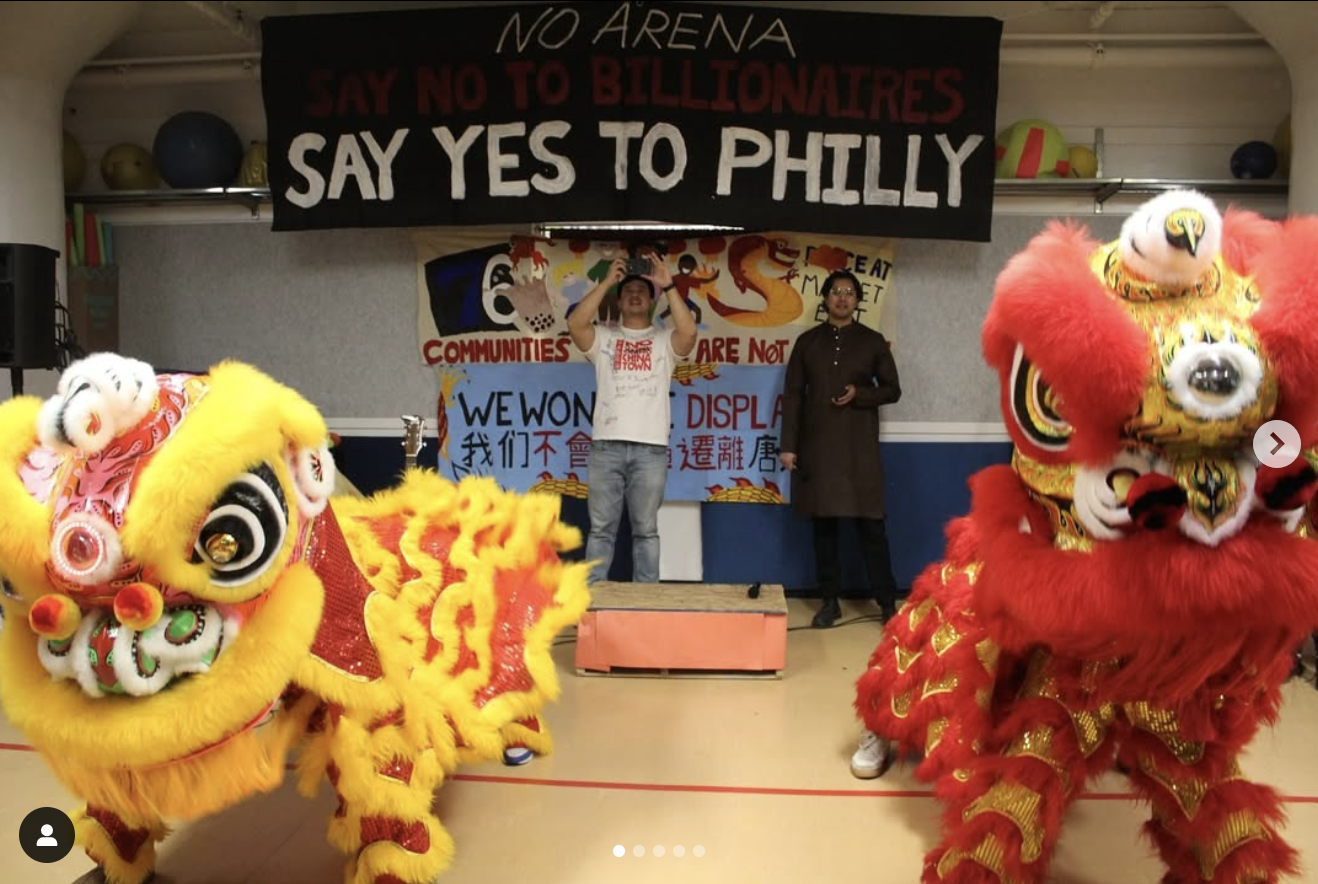
And kudos to the Inquirer's Stephanie Farr for this accurate summation (gift link):
In this entire two-year Sixers debacle, you know what the most Philly part was? The No Arena Coalition protests. Protesters held a fashion show, they released a music video parodying Miley Cyrus' “Wrecking Ball,” and during one protest alone, they had the Philly Elmo Drumline, the Indonesian Harley Davidson Club, puppets, and the Bearded Ladies Cabaret’s Beardmobile. All of that wackiness made more sense to me — and said more about the character of this city — than all of the decisions made by the billionaires.
**One small correction from the previous newsletter: Ben Grinberg did not win the Spark of Change award from APAP, but rather the CIPA Award for Outstanding Achievement in Creative Producing. I missed hearing his acceptance speech but one on-the-ground informant reported that it was "perfect."


